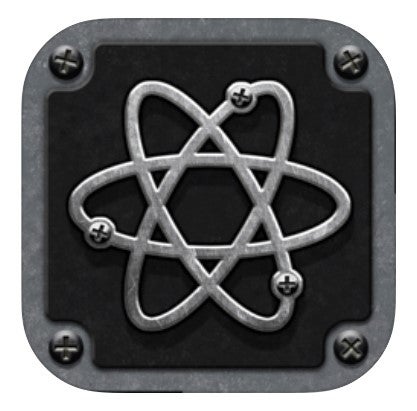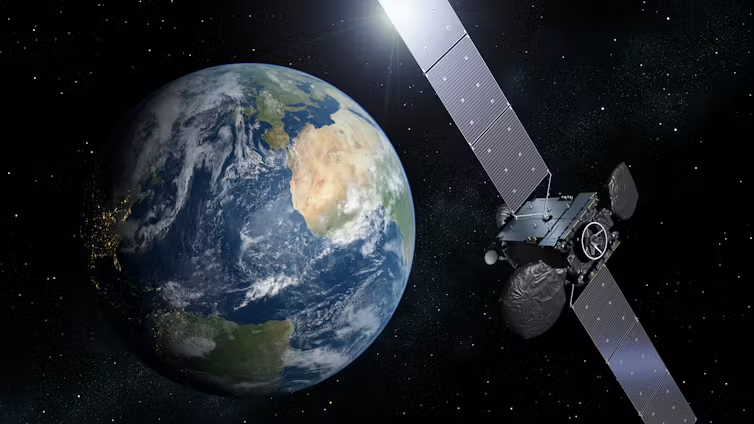You read Astronomy magazine, so you know the basics. A cat is sealed in a box, along with a Geiger counter and a radioactive source with a half-life of one hour. The Geiger counter is rigged so that if it registers a single radioactive decay, it will break a vial of deadly hydrocyanic acid. Bye-bye, kitty.
Schrödinger probably needed therapy.
Anyway, in quantum mechanics (which, having never made an incorrect prediction, is the crème de la crème of theories), physical systems are described by wave functions. Those wave functions contain all of the information there is about the system, and evolve according to Schrödinger’s Equation. In the case of Schrödinger’s cat, after an hour, the wave function of the stuff in the box is an equal mix of two quantum states. One state corresponds to no radioactive decay and a very lucky cat, while in the other the cat doesn’t have to worry about it anymore.
Living/dead quantum cats aren’t the worst of it. “What about the observer?” you might ask. “She is also part of the physical system. Shouldn’t the wave function describing her also be a mixture of live-cat and dead-cat states?”
Bingo! Here’s where Schrödinger throws up his hands and declares, “I don’t like it and I’m sorry I ever had anything to do with it!”
In 1920, one of the early pioneers of quantum mechanics, Niels Bohr, confronted the same basic problem. In Bohr’s view, a quantum system in a mixed state isn’t quite real until it is measured by an observer, at which point the wave function collapses unpredictably into a single one of the allowed classical states. It’s meaningless to even talk about the state of the cat until the observer opens the box. This is the “Copenhagen Interpretation” that became physics orthodoxy for most of the 20th century.
Bohr’s interpretation is powerful in a shut-up-andcalculate way, but it is also a shell game. Bohr knew in his gut what reality was supposed to look like, and funny mixed-state wave functions weren’t it. To force the theory into the mold of his preconceptions, Bohr posited ill-defined “observers” that somehow stand apart from physical systems, then used them to arbitrarily collapse wave functions into the kind of classical reality his gut demanded.
Bohr’s sleight of hand did not go completely unnoticed. Eventually, a Princeton University graduate student named Hugh Everett III had the temerity to call foul. Everett threw out Bohr’s assumptions about what it means to be “real,” stripped observers of their special status, added them back into the wave function with everything else, then let the machinery of quantum mechanics do its thing.
Amazingly, the wave functions naturally split into multiple isolated, noninteracting components, each corresponding to a different classical outcome. The entire wave function remained, but you wouldn’t know it from the inside. Applied to Schrödinger’s cat, the live-cat-happy-observer component of the wave function and the dead-cat-sad-observer component of the wave function cannot interact after they split.
Everett’s 1956 Ph.D. thesis, “The Theory of the Universal Wave Function,” kicked off what
is now called the Many Worlds Interpretation of quantum mechanics. At first, Everett’s
heresy wasn’t taken very seriously, but some ideas have to await their time. As experiments have slammed the door on more and more of its alternatives, Many Worlds has moved squarely into the mainstream.
Which brings me back to the coolest thing on the internet. Check out the smartphone app called Universe Splitter. The app asks you to let it choose between two courses of action you might take. Hit “go” and Universe Splitter contacts a machine that automatically generates a single photon in a mixture of two quantum states; “measures” the photon, finding it in one state or the other; then tells you what to do. Of course, while you are doing one thing, the version of you in the other branch of the newly split universal wave function is doing the other.
Like Schrödinger’s cat, your macroscopic reality is now and forever entangled with the mixed state of a single quantum particle. How does it feel to be the real-life star of one of the most famous and mind-bending thought experiments ever?
Meow.










